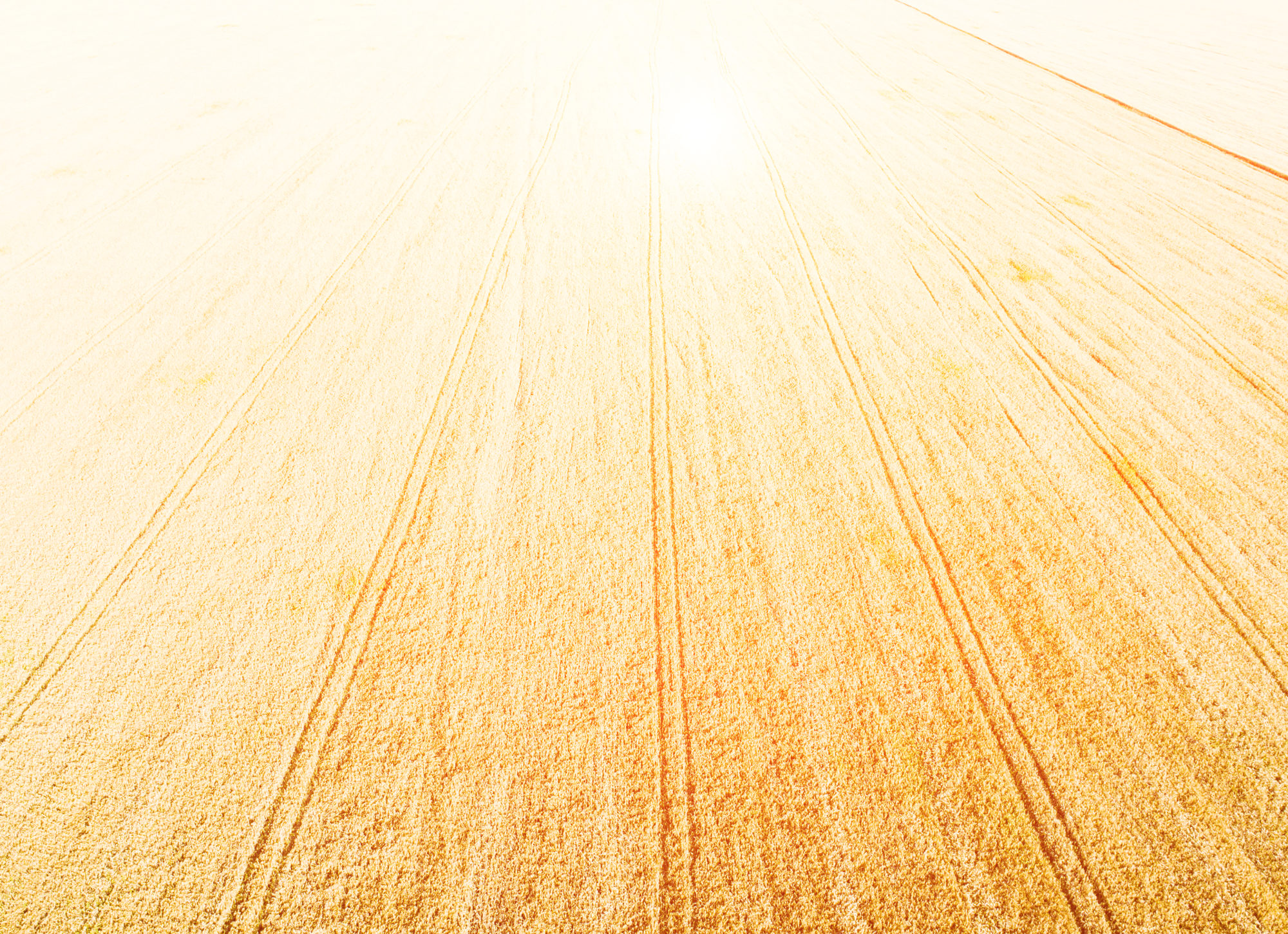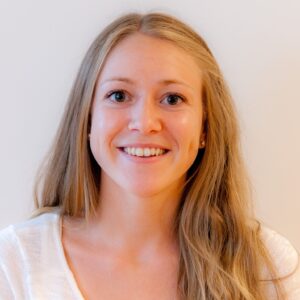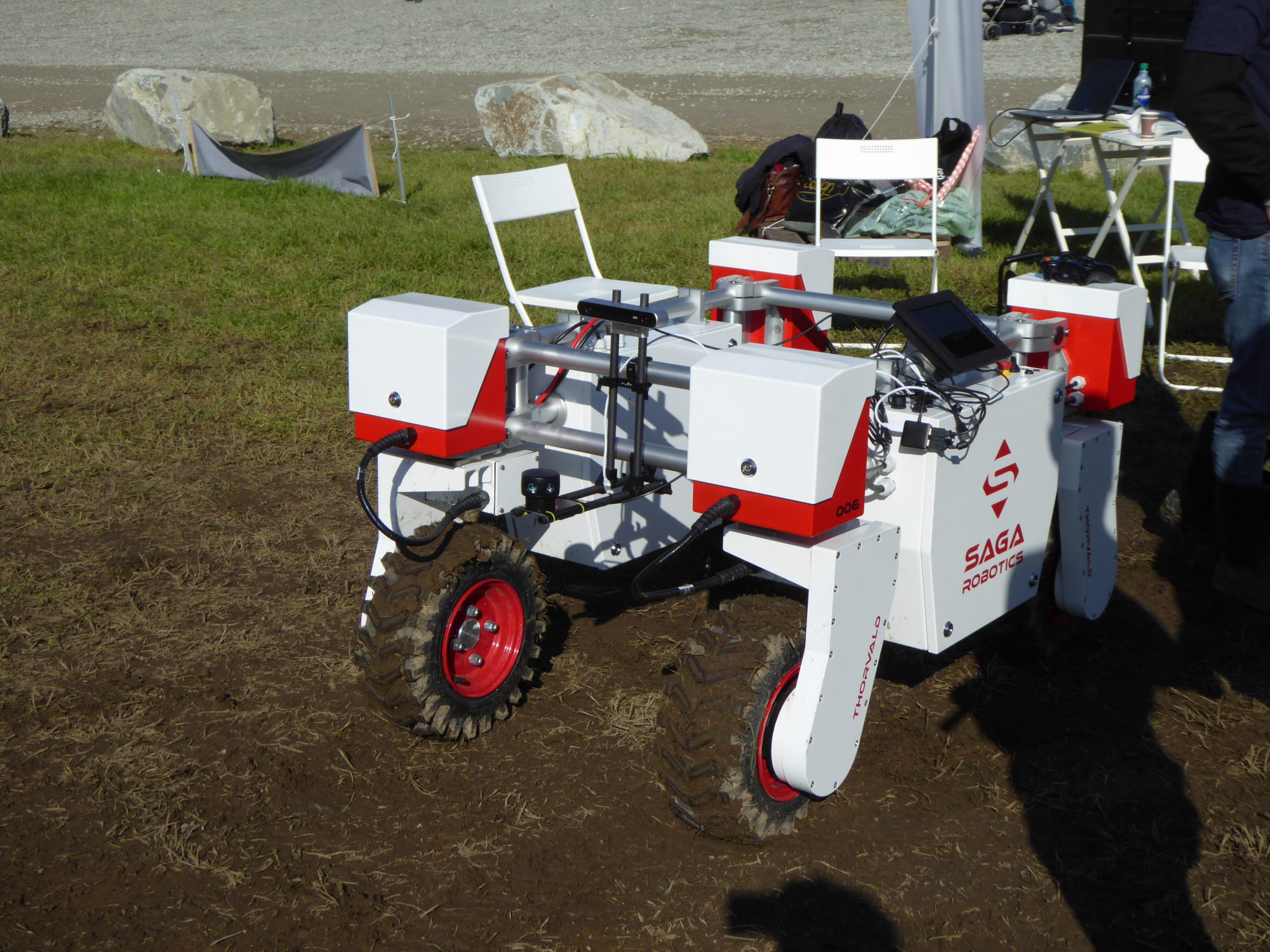SmaT – Smart technology for sustainable agriculture

In a Norwegian context, the key to optimize land productivity is to develop and implement technologies suitable for smart and multi-scale agriculture improving the input mix of labour and technology. The SmaT project address development, adaptation and utilization of new technologies (e.g. robots and drone technologies, precision agriculture etc.) in Norwegian agriculture.
SmaT, will
- Perform a screening of ongoing technological developments among producers, in research and among other innovative environments, and perform an Technology Readiness Level assessment of relevant technologies;
- Study the socio-technological interfaces of selected technologies and perform an assessment of the technologies Societal Readiness Level;
- Study market developments and opportunities through an transdisciplinary collaboration between Mære agricultural school, Felleskjøpet Agri, innovative farmers, and the academic partners at Ruralis and NTNU;
- Synthesise through an overall SWOT analysis and an innovative combined readiness assessment.
- Utilise a technology innovation program with a specific triple helix methodology where actors from the public sector, industry and academia comes together to actively develop and promote innovation.
This give leverage to explore the potentials and hindrances of new technologies for Norwegian agriculture.
The SmaT project consist of a team of experienced researchers, innovative key personnel, and young promising researchers from Ruralis – Institute of rural and regional research; NTNU, Centre for technology and society; Felleskjøpet Agri SA; Mære agricultural school, Centre of agriculture, climate change and energy; Norsk landbrukssamvirke (the umbrella organization for Norwegian farm-owned cooperatives). In addition innovative and technology-oriented farmers will be involved through demonstrations and user groups.
Project details
Contact persons
Subject areas
Project number
6370
Project period
02/01/2018 - 31/12/2021
Collaboration partners
Felleskjøpet Agri, Norsk landbrukssamvirke, Mære landbruksskole, NTNU – Institutt for tverrfaglige kulturstudier.
Financing
Forskningsmidlene for jordbruk og matindustri
News
Now you can test whether new technology is ready to be used
By Bjørg Bruset The new balanced readiness level assessment (BRLa) calculator will help developers, equipment dealers, incubators and…
Publications
- Report
2021
- Article
2021
- Article
2021
- Article
2021
- Article
2021
- Note
2020
Contact us
Would you like to get in touch with us?
Fill in the form below and we will answer you as soon as possible.








